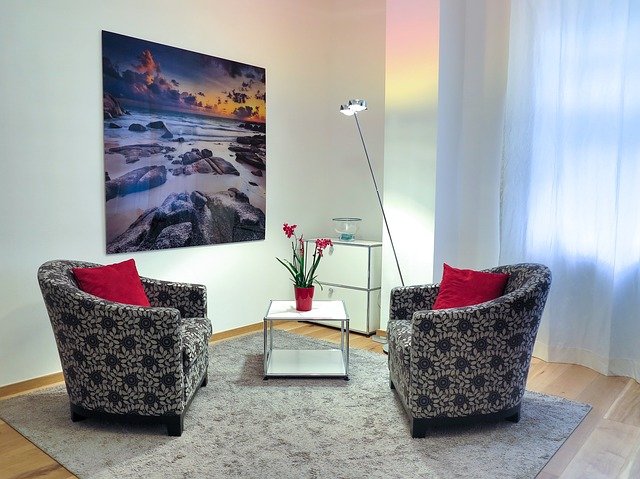Interior Design for Disaster Clients
 Are you a couples’ therapist, counselor, or coach? No, you’re an interior designer who is just trying to help them create a beautiful, livable space. If you’ve worked with many couples, you know that a consultation with the pair of them often feels like a therapy session, with you being the psychologist. Here’s a little help when you have to perform interior design for disaster clients, as we call them.
Are you a couples’ therapist, counselor, or coach? No, you’re an interior designer who is just trying to help them create a beautiful, livable space. If you’ve worked with many couples, you know that a consultation with the pair of them often feels like a therapy session, with you being the psychologist. Here’s a little help when you have to perform interior design for disaster clients, as we call them.
When Wants Exceed Budget
“We want the best, but our budget is low.”
We’ve all heard the phrase, “Champagne taste on a beer budget.” While there is nothing wrong with wanting the best, two of the most common issues with couples is that they often have a different understanding of what the best is, as well as how much they can afford to spend.
The Solution:
Playing the referee in such a situation can be tough so, the first thing to do is guide them gently toward a list of priorities they can agree on. Next, stick to those priorities as tenaciously as possible, in your interest as well as theirs. Then, set aside a part of the budget for some extra expenses. If you do get trapped into a fight when your clients argue over whether they should go for a more expensive version of the couch or not, don’t forget to remind them about their initial priorities and, remember your set-aside in the budget which you can offer to use to cover this upgrade.
A wise piece of advice here is not to take anybody’s side, but help your customers find the balance with a minimum of your time taken.
Accommodating Conflicting Tastes
“I want the same style everywhere.”
Men and women often have different aesthetic tastes. Women lean more toward decorative solutions, while men tend to be more minimalist. When these style visons clash in the same home, the designer’s life becomes difficult, at best.
The Solution:
This type of couple not only makes your job harder, but it also creates tension between your clients, which can lead to more conflict and increased determination to “have it their way.” If you come up with the controversial requirements, try taking the least controversial parts of both of them and organizing them into an accommodating design.
If you can’t find a compromise solution, try to give each member a certain area of control: let one define the color scheme and the other go for furniture selection. You can even go so far as to award each of them a section of the house; a “his space” and “her space.” Remember, talking about their aims and priorities in design will always help to guide you – and them.
Limiting Change Requests
“We’ve decided to go a different direction.”
It’s often difficult for a homeowner to visualize the changes they ask you to make for them. Seeing the reality can lead to them changing their minds. Plus, if they have differences, and those differences are discussed outside your presence, you’re going to get plenty of change requests.
The Solution:
Again, setting priorities before you begin work will help you here. Also, before you start the project, agree on the number of amendment sessions to be included within the scope of your changes (this is a good practice for any client). This agreement will at least protect you financially. Another good practice is to discuss reasons for any change requests that are introduced.
Explain to your clients that this way it will be easier for any participant of the process to share the same vision. By reminding them of the thought process upon which the previous solution was accepted, you will be able to protect those parts of the design that you find most important, as well as to call upon logic instead of emotion.
Clients Who Don’t Communicate
“He (or she) wouldn’t understand so don’t tell him (or her) we talked about this, OK?”
One of the more dangerous (to you) places to be caught is between clients who don’t communicate with each other. If one of them is not ready for an open discussion of the choices being made, they will try to approach you separately as a way to “get their way.” The interior designer who accepts this role does so at their peril.
The Solution:
The best thing you can do here is to make the specs and goals of the project as transparent as possible. Using professional design software to track changes and progress helps you easily collect product information from any webpage into professional specification list with simple clicks.
Working with couples can be challenging in the extreme, requiring you to employ your skills as a communicator and amateur therapist. If you set priorities for them at the beginning, stay on top of every aspect of the project, and keep the lines of communication open, you are far more likely to smooth the path and meet the challenges of interior design for disaster clients.
Looking for more new design trends, tips, and ideas? Get in touch with TD Fall today.
